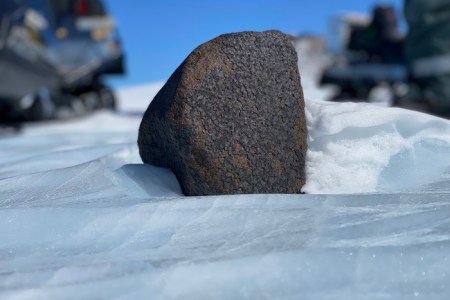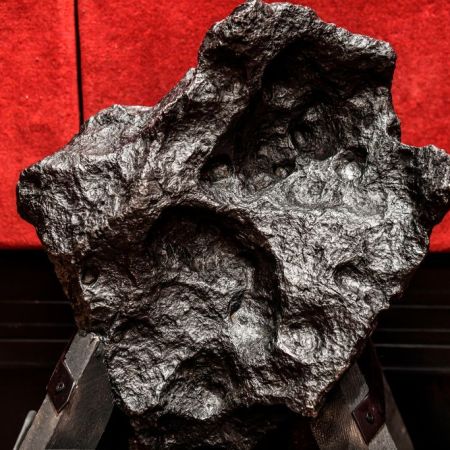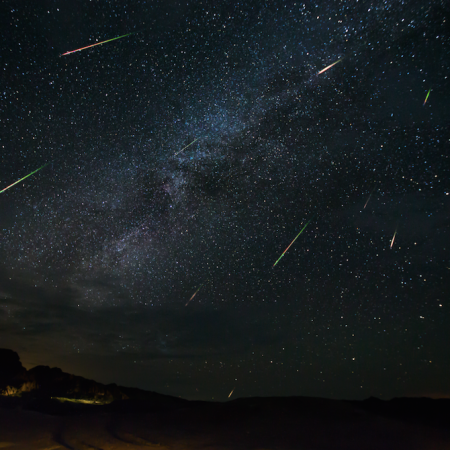It’s become a ubiquitous feature in science fiction films: life as we know it is threatened by a meteor or asteroid on a collision course with planet Earth. Movies as tonally diverse as Armageddon, Don’t Look Up and Seeking a Friend for the End of the World have all positioned planet-killing asteroids at the centers of their respective plots; while it’s not very likely that one will end human life, it’s always good to be prepared.
What does that preparedness look like? Evidently it involves scientists simulating ways to destroy a meteor by launching some sort of explosive at it. As Nature‘s Jonathan O’Callaghan reported, a group of scientists led by Sandia National Laboratories’ Nathan Moore designed an experiment to replicate the effects of setting off a nuclear bomb in close proximity to an asteroid.
The experiment that Moore and his colleagues carried out isn’t the first time scientists have explored the effects of such an explosion on asteroids in space. O’Callaghan notes that it is notable for focusing on a different aspect of a nuclear explosion in space: namely, the release of X-rays, which could have a substantial effect on an asteroid’s trajectory. In the case of this experiment, the X-rays destroyed parts of the surface of simulated asteroids, which sent them in new directions.
Researchers Unearth One of the Biggest Meteorites Ever Discovered In Antarctica
It wasn’t the only meteorite they found on the tripMoore and his colleagues described their findings in a paper published by the journal Nature Physics. There, they conclude that this method would work on “asteroids up to a diameter of (4 ± 1) km,” and that this represents “a viable way to prepare for future planetary defence missions.” Hopefully there won’t be an occasion to need this outside of a lab — but it’s good to feel secure.
This article was featured in the InsideHook newsletter. Sign up now.



















